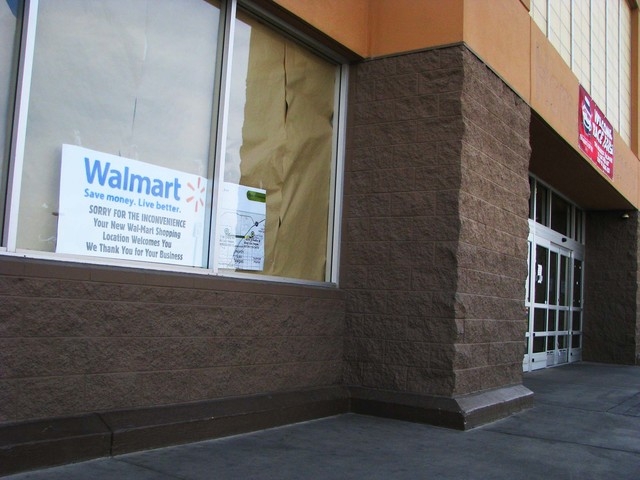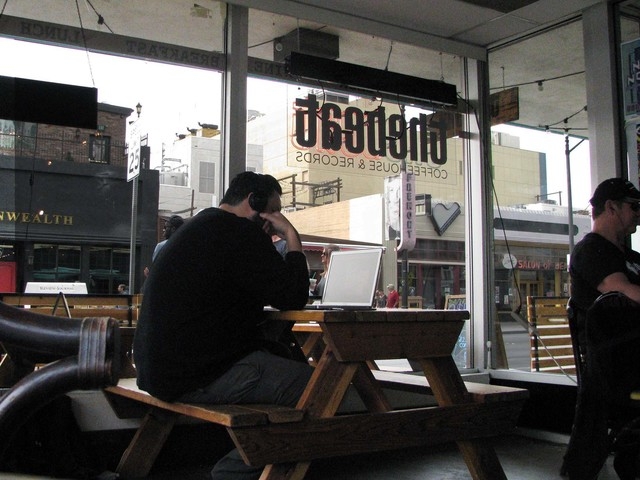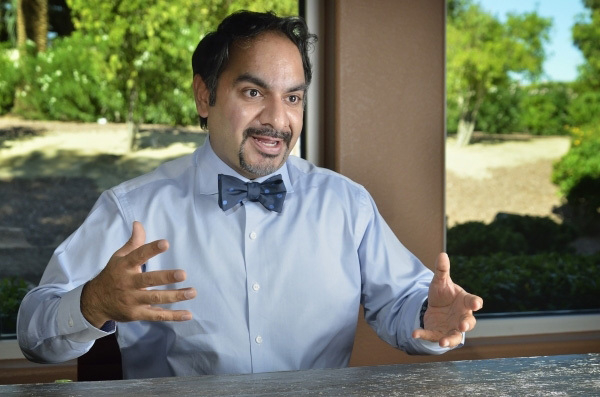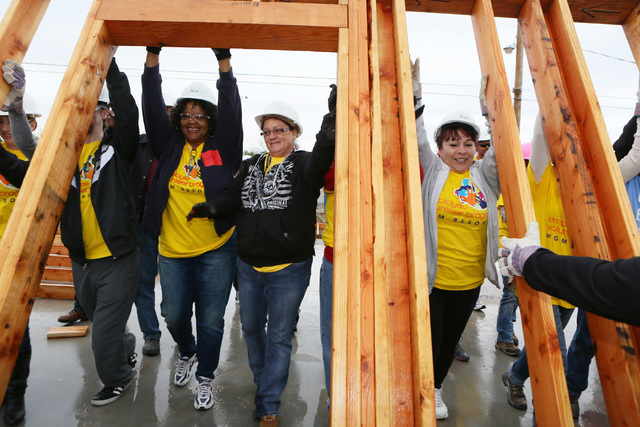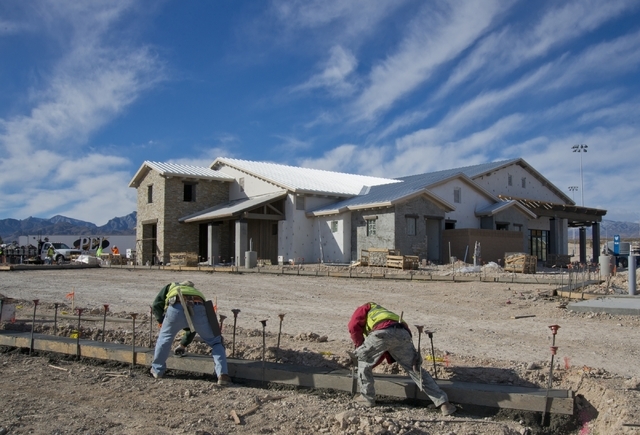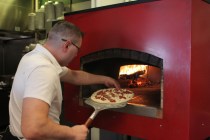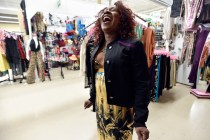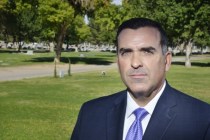After one of the most devastating financial downturns in Las Vegas history, things are looking up, but for some parts of the valley, up is a lot further to get to and it’s coming slower than many residents would prefer.
Special Features
For millennials — a term that loosely defines the generation of people currently in their early 20s to mid-30s — the recession hit particularly hard and at a particularly difficult time. Many of them were just entering the job market when it went south, but a lot of them have landed on their feet.
During the Great Recession, people still got sick, had surgeries, experienced accidents and had babies. But with record unemployment, many Las Vegans — without health insurance or other means to pay for services — ended up in emergency rooms.
A roundup of various homebuying programs and types of loans available.
In no other area is economic revival more prevalent than in the far northwest valley. Located at the last exit along U.S. Highway 95 before Kyle Canyon Road, Skye Canyon is one of the first master-planned communities to begin construction in Southern Nevada since the recession.
The year was 2007. Many people were buying houses they could otherwise not afford, gambling on the chance that prices would continue to rise, allowing them to eventually refinance or sell at a profit. In between the creative financing, looser credit standards and easy loans was a chance for them to attain stability and security — until homebuyers realized they had played the wrong cards.
When Ralph Pota decided to come to the valley from the New York City area, he wasn’t aware that Las Vegas was one of the hardest-hit cities in the recession.
The economic downturn affected nearly every job category in Las Vegas metro. Companies downsized, and even workers who still had a job saw their pay or hours cut.
Thousands die in Las Vegas each year, but only few of them have been widely-known — Pat Morita, John Entwistle and B.B. King, for examples. In some of those cases, their deaths become infamous.
Coroner investigators aren’t cops. They investigate unnatural deaths regardless of whether the person’s identity is known or not.
Bodies are placed in a rigid, combustible box and pushed inside the cremation chamber to be heated by gas-fed flames of 1,600 to 2,000 degrees.
If you live in Las Vegas, chances are you’re going to burn because Nevada boasts the highest cremation rate in the U.S., with more than three-quarters of all deaths last year ending in ashes.
Clark County has a history of disparities in infant mortality rates among ethnic groups, in particular with African-American babies.
From hospital invoices that run in the six figures to guilt that can last a lifetime, the final bill is in every way the costliest of all.
Public attitudes about the right to die have evolved in the decades since the issue was thrust into society’s conscience by Jack Kevorkian, a Michigan doctor who claimed to have helped about 130 people die in the 1990s.








